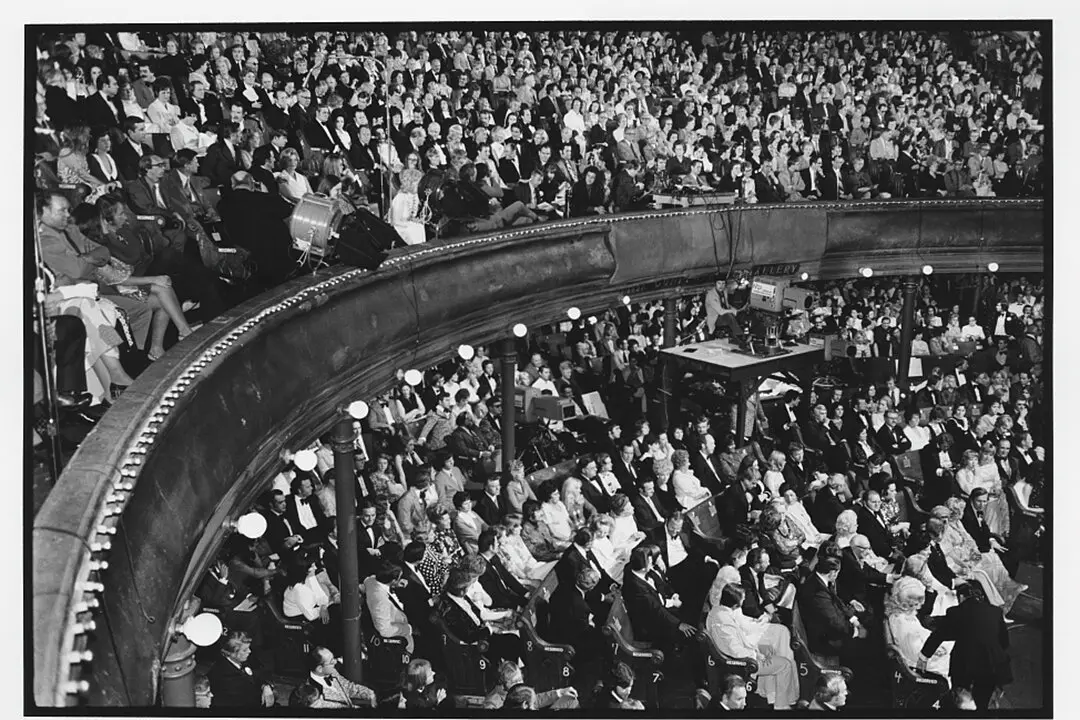The son of German immigrants, Herman Hollerith (1860–1929) was born in Buffalo, New York—home to a large German-speaking population. Though he wasn’t much of a student in grade school, he was able to enter the City College of New York in 1875 and, more impressively, Columbia University, where he attended the School of Mines and graduated in 1879. Despite his poor academic start, Hollerith would go down as one of America’s most important statisticians and would ultimately lead to the creation of one of the most important businesses in the world.
Upon graduating from the School of Mines, Hollerith was asked by one of his former professors, William P. Trowbridge, to join him at the United States Census Bureau as an assistant statistician. The request was monumental for both Hollerith and the Bureau.






